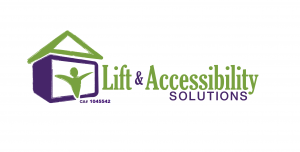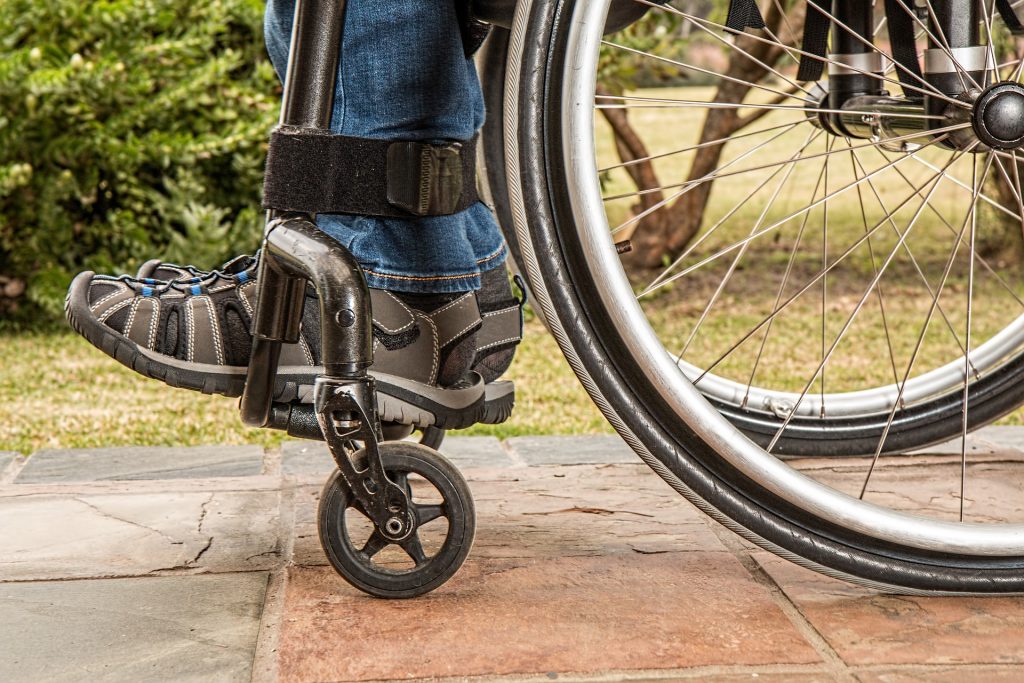Managing Weight When You Have A Disability
It’s well known that maintaining a good weight is a challenge for many people, and if you have a disability, that challenge is even greater due to decreased mobility. But it’s not impossible to maintain a healthy weight when you have a disability, you just might have to approach it slightly different from others.
Managing Weight When You Have A Disability
Burning Fat
Everyone’s body burns calories; our metabolism is responsible for that. Some people burn calories faster than others due to having a fast metabolism. Those that have a faster or slower metabolism than the average person are most commonly caused by their genetic makeup. And as we age, our metabolism slows down.
There are various ways to burn fat, some of them include the following:
– Drinking more water
– Decreasing your calorie intake
– Decreasing your sugar intake
– Eating six small meals throughout your day
– Increasing vegetable consumption
– Increasing your protein intake: helps burn calories and keeps you feeling full
– Strength training burns 10 percent more fat (consult with your physician before beginning an exercise program)
For weight loss, people with limited abilities should take in less than 2,000 calories. If you’re maintaining your weight, keep the calorie intake the same just make sure you are getting it from healthy foods.
Exercise
You should discuss your options with your physical therapist regarding an exercise routine that you can do within your limitations. Also, check into programs in your area that are geared toward your disability and whose surroundings allow you to exercise in a safe and supportive fashion.
Weights
Weight lifting is still one of the strongest fat burning techniques and is still a viable option for people with limited abilities. Check with your local gym to find out if they have an experienced trainer who can design a weight lifting program that meets your needs.
Cardio
Cardiovascular exercise raises your heart rate while lowering blood pressure thus lowering your risk of cardiovascular problems. It also aids in maintaining good muscle strength and strong joints. People who have mobility issues can find cardiovascular exercise difficult to accomplish, but it’s not impossible.
Other Options
Maintaining your balance, especially during workouts, is a big concern for people with disabilities looking to get some exercise. Consider finding a water workout class in your area, water workouts can provide support and the movements are generally paced to your ability. Water workouts can provide natural resistance to help raise your heart rate. Exercise bands are another good option, they provide a wide variety of exercise techniques suitable for people with limited abilities.







There are no comments yet, but you can be the first